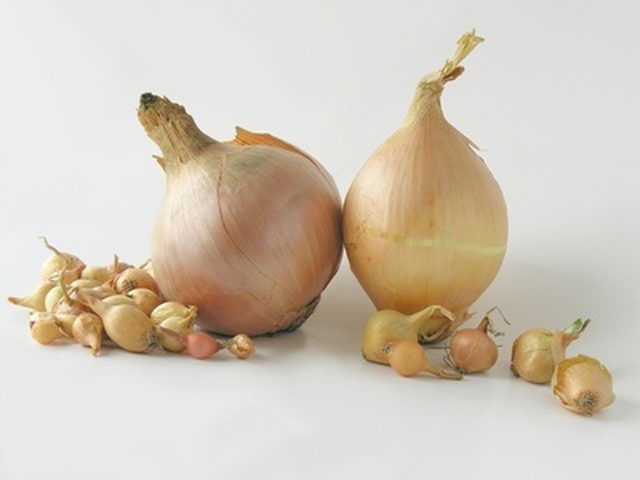Bulbs
Flower Basics
Flower Beds & Specialty Gardens
Flower Garden
Garden Furniture
Garden Gnomes
Garden Seeds
Garden Sheds
Garden Statues
Garden Tools & Supplies
Gardening Basics
Green & Organic
Groundcovers & Vines
Growing Annuals
Growing Basil
Growing Beans
Growing Berries
Growing Blueberries
Growing Cactus
Growing Corn
Growing Cotton
Growing Edibles
Growing Flowers
Growing Garlic
Growing Grapes
Growing Grass
Growing Herbs
Growing Jasmine
Growing Mint
Growing Mushrooms
Orchids
Growing Peanuts
Growing Perennials
Growing Plants
Growing Rosemary
Growing Roses
Growing Strawberries
Growing Sunflowers
Growing Thyme
Growing Tomatoes
Growing Tulips
Growing Vegetables
Herb Basics
Herb Garden
Indoor Growing
Landscaping Basics
Landscaping Patios
Landscaping Plants
Landscaping Shrubs
Landscaping Trees
Landscaping Walks & Pathways
Lawn Basics
Lawn Maintenance
Lawn Mowers
Lawn Ornaments
Lawn Planting
Lawn Tools
Outdoor Growing
Overall Landscape Planning
Pests, Weeds & Problems
Plant Basics
Rock Garden
Rose Garden
Shrubs
Soil
Specialty Gardens
Trees
Vegetable Garden
Yard Maintenance
Instructions for Planting Onion Sets
Instructions for Planting Onion Sets. Onion sets present the winterbound gardener with an early spring growing opportunity. Grown from the previous year's seed, these small bulbs are among a small number of crops that can be planted as soon as the ground can be worked. Tolerant of minor miscalculations of a final frost-date, onion sets welcome...

Onion sets present the winterbound gardener with an early spring growing opportunity. Grown from the previous year's seed, these small bulbs are among a small number of crops that can be planted as soon as the ground can be worked. Tolerant of minor miscalculations of a final frost-date, onion sets welcome normal-to-rich garden soil and ask only for regular watering. Good-sized scallions are ready for harvest in as little as six weeks, and sets left behind will mature into full-sized onions.
Things You'll Need
Onion sets
Garden soil
Hand-fork
Trowel
Water
Accelerate the start of onion sets with late fall ground preparation. Make furrowed rows as long as you like that are 12 inches apart and 4 inches high. Cover your onion bed with landscape cloth, to discourage weed growth and make it easier to remove late leaves and winter refuse. Snow and rain will pack furrows down, but soil is easily loosened with a hand-fork. Turn over and break up mounded soil to a depth of 4 inches.
Dig a trench in the middle of each furrow, 1/2 to 2 inches deep, and place onion sets pointy-side up. Space them 2 inches apart for scallions, 6 inches apart for mature onions. (Placing them 2 inches apart lets you harvest scallions so the remaining sets are 6 inches apart, yielding two crops on one planting.)
Weed regularly and provide 1 inch of water a week throughout the growing season. Onions are easily swamped by weeds and tend to shut down when crowded by them; your whole crop will be thin scallions only. Consistent watering is essential to good root development; watering should be done at least twice a week on a steady basis. Too little or inconsistent watering can produce onions with small bulbs and excessively sharp taste.
Stagger plantings of onion sets at two-week intervals throughout the spring, to extend your scallion harvest and increase your crop of mature onions. Mature onions can be side-dressed with a root-supporting fertilizer when your scallion harvest ends early in the summer.
Tips & Warnings
Onion sets are great fun to plant with children. Instead of digging a trench down the middle of the furrow, let your young helpers make a hole for each bulb using his or her finger. A hole poked to the depth of the second joint on the index finger is deep enough to set an onion bulb, which then needs to be pushed securely down and covered.